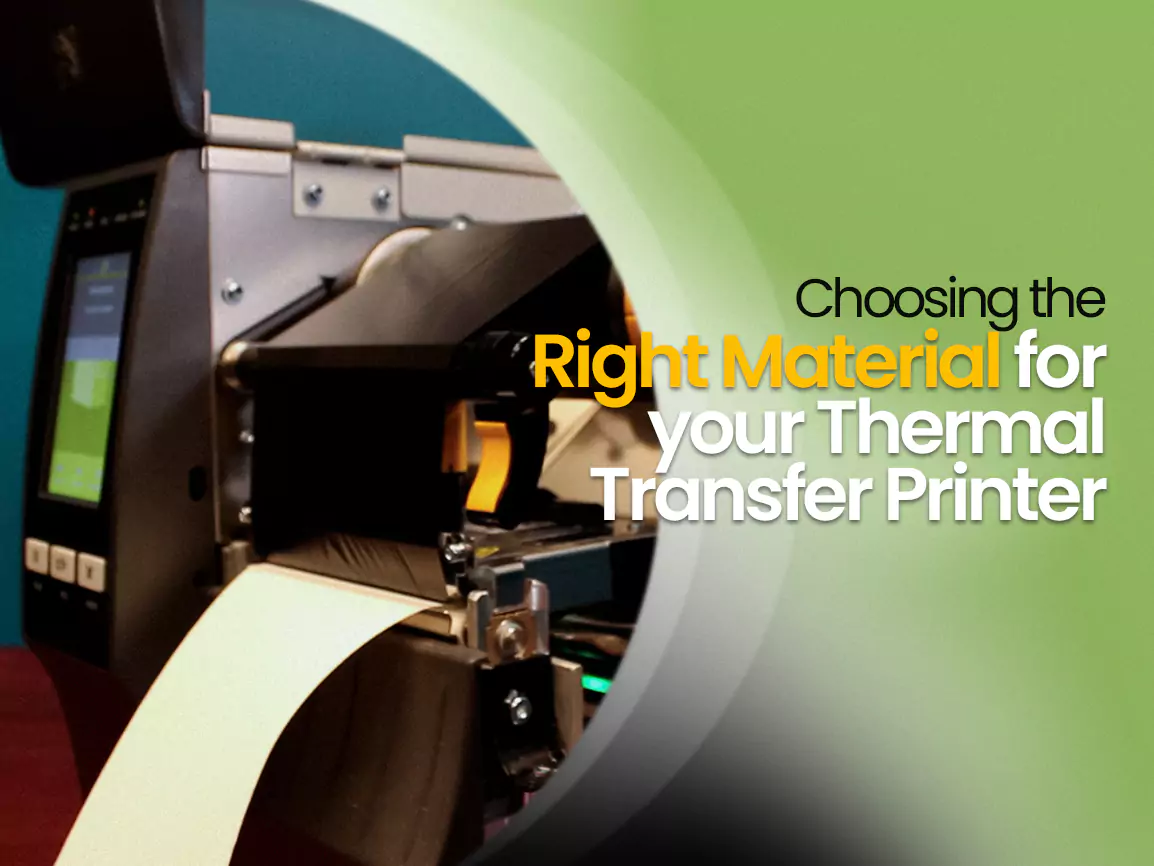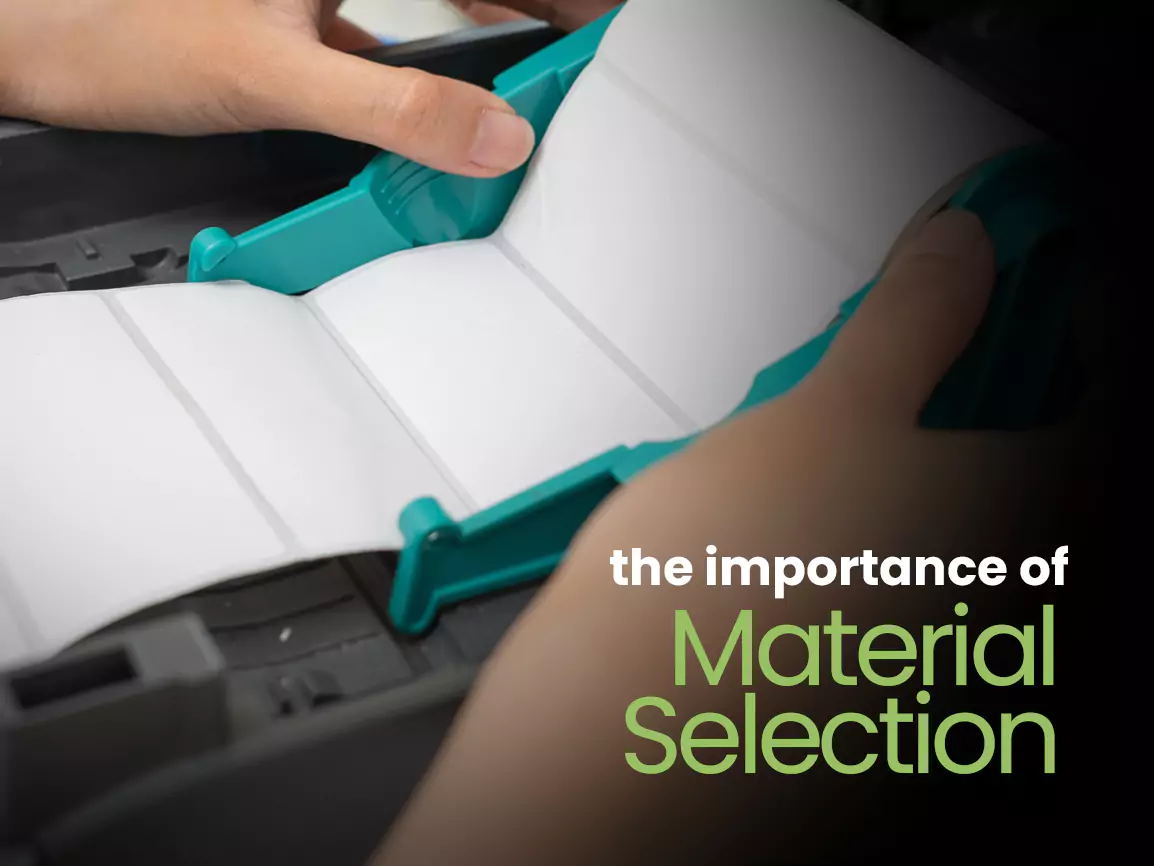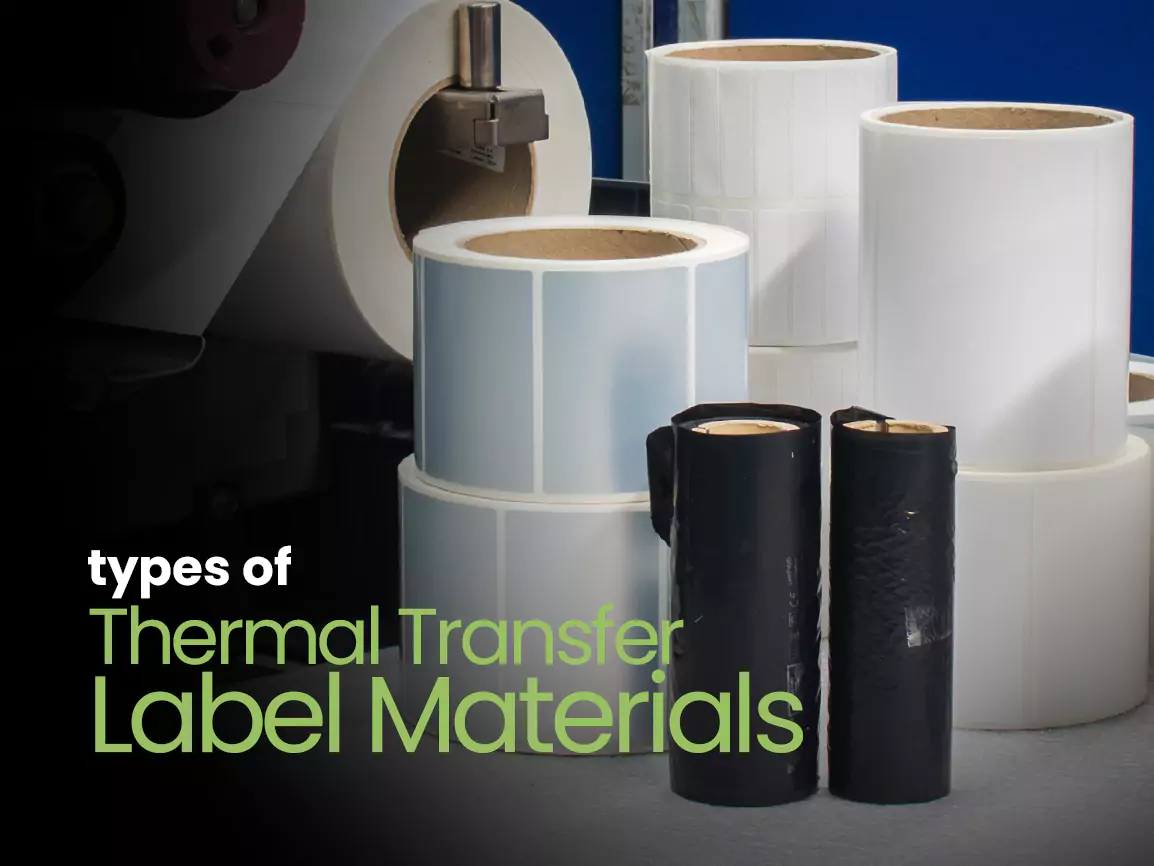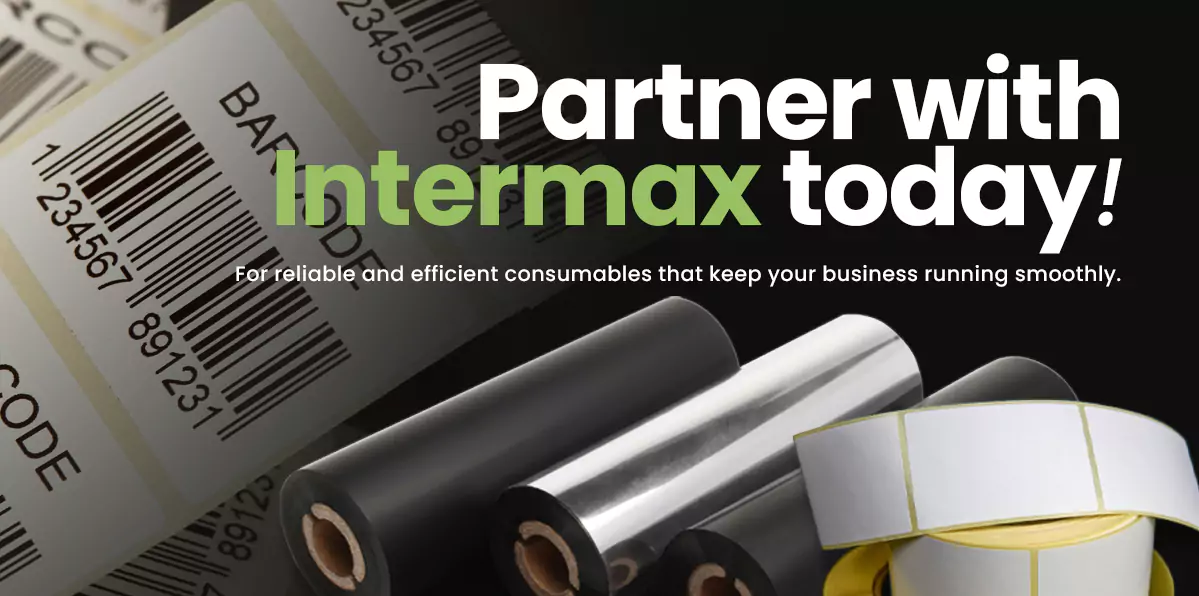
Choosing the Right Material for Thermal Transfer Printers
In the fast-paced world of manufacturing, logistics, and warehouses, efficiency and precision are paramount. Businesses rely on technology to streamline their processes and ensure smooth operations.
One integral part of this technology is Thermal Transfer Printers, which play a crucial role in creating labels that are durable and legible. However, selecting the right material for your Thermal Transfer Printer is not a one-size-fits-all decision; it requires careful consideration to ensure that your labels meet the specific needs of your business.
At Intermax, we understand the importance of choosing the right material and consumables for your Thermal Transfer Printer. In this blog, we will delve into the significance of making the correct choice and provide an extensive list of different material types and their intended uses.
By the end of this article, you’ll be well-equipped to make informed decisions when ordering consumables for your Thermal Transfer Printer, and we hope you’ll consider us as your trusted partner in this endeavor.
Read more down below!
The Importance of Material Selection
When it comes to Thermal Transfer Printing, the choice of material is more than just a matter of aesthetics. It can impact the durability, readability, and overall performance of your labels.
Types of Thermal Transfer Label Materials
Now that we’ve emphasized the importance of material selection, let’s explore the wide array of materials available for Thermal Transfer Printing.
Partner with Intermax for Your Consumables
Selecting the right material for your Thermal Transfer Printer is a critical decision that can impact the efficiency and effectiveness of your operations.
At Intermax, we specialize in providing customized solutions for businesses in the manufacturing, logistics, and warehouse sectors.
Our expert team is here to assist you in choosing the perfect material, adhesive, and ribbon combination for your specific needs. Whether you require durable labels for extreme conditions or barcode labels for precise tracking, we have the expertise and quality products to meet your requirements.
Don’t compromise on the quality of your labels; partner with Intermax for reliable and efficient consumables that keep your business running smoothly.






